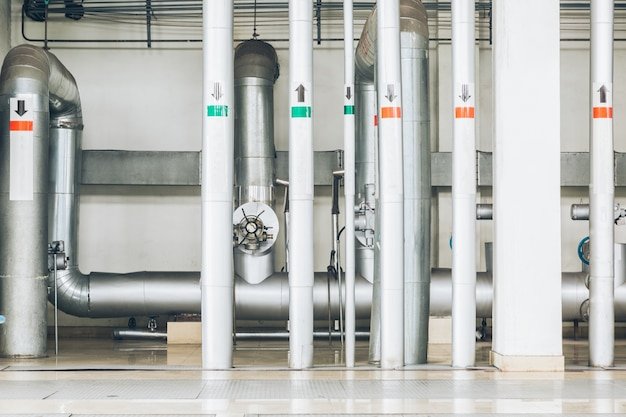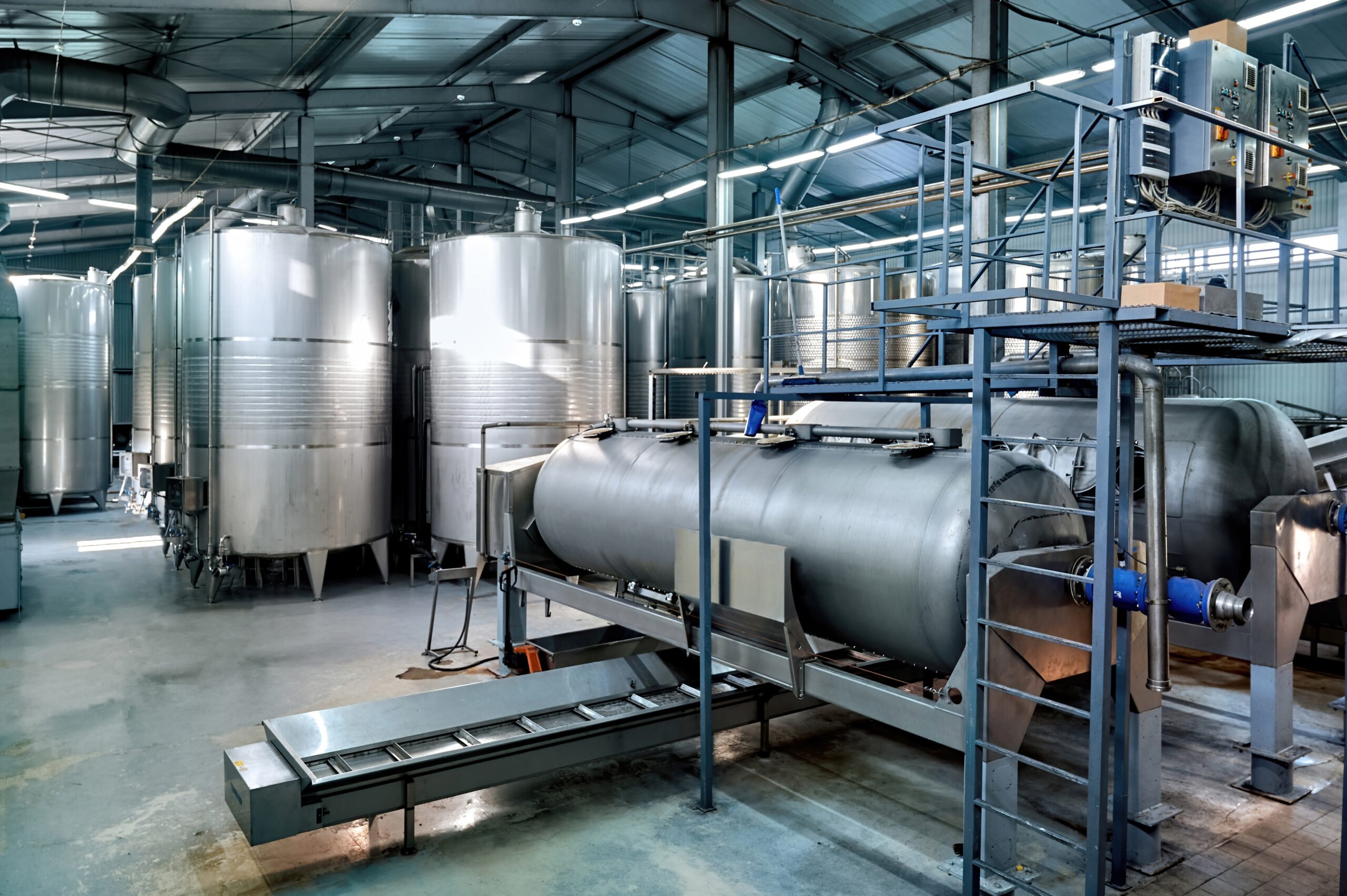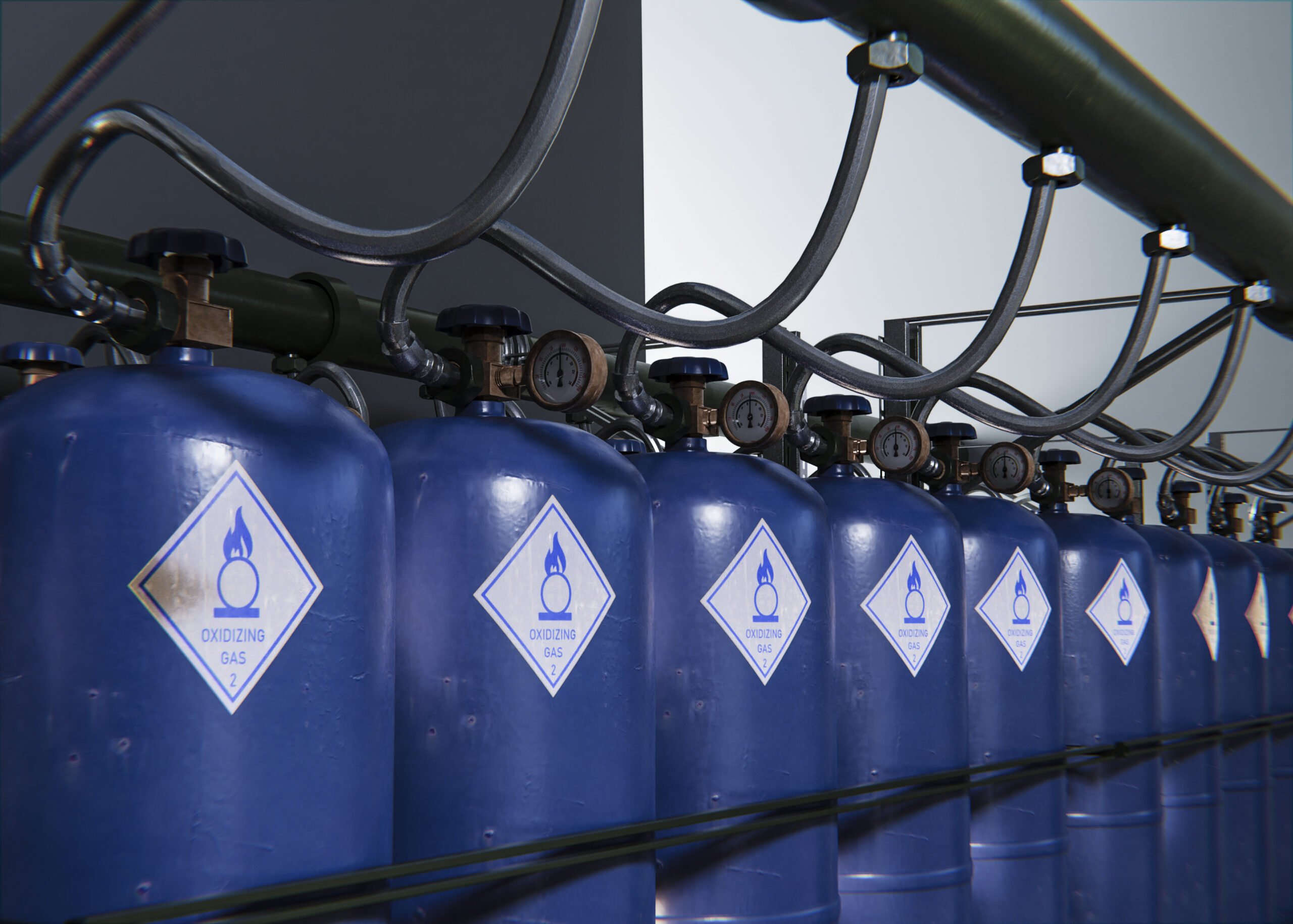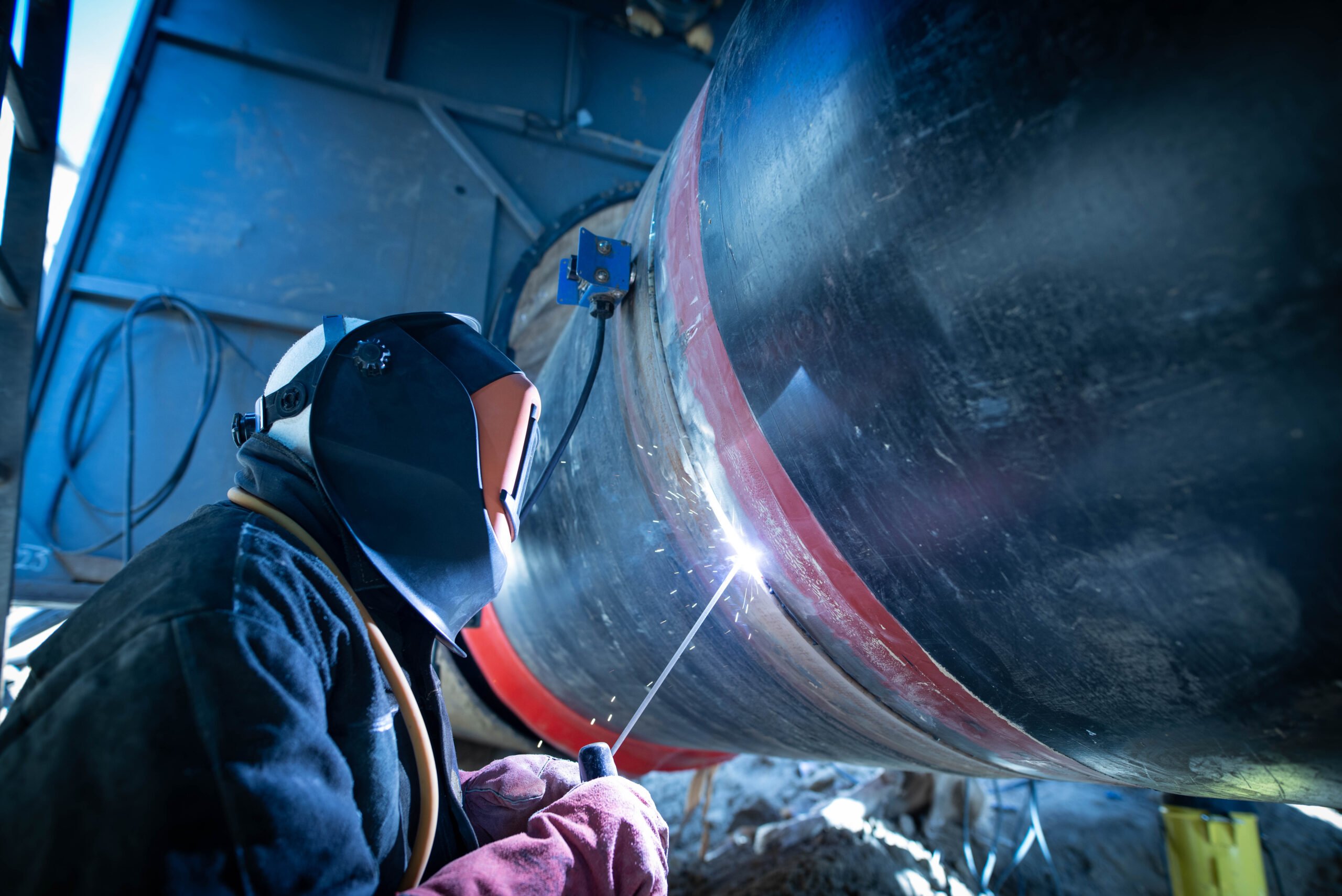In complex industrial operations, ranging from chemical plants to oil refineries and water treatment facilities, the handling of pressurized fluids is critical for safe and efficient functioning. No matter if the system is handling steam, gas, or liquid, regulating pressure variations is critical to avoid equipment damage or loss of life or a worst-case scenario explosion. At this moment, surge vessels and pressure vessels play an integral part. The sugar defines the main foundation of the pressure surge control system to stabilize, prevent, and ensure reliable fluid dynamics in pipelines and process setups.
What are Surge Vessels and Their Function?
A surge vessel, or more commonly called a hydropneumatic tank, is a device designed to absorb fluctuations in pressure (hydraulic surges and water hammer) in fluid systems. Such spikes can happen when there is a sudden flow rate fluctuation — for example, when pumps start & stop, valves close, or there is a plug in the pipeline. If left unchecked, these surges can place strain on pipes and joints, causing fatigue, cracks, and even failure.
Surge vessels work by compressing or decompressing a gas (typically air or nitrogen) sealed in the vessel to offset the surge. These vessels are not merely a reactionary—they are preemptive physical safety devices for fluid systems for all fluid systems. For example, in power plants, they prevent turbine fluctuations from causing adjacent shockwaves that can damage the network. In irrigation or municipal water systems, they keep the flow regular and prevent pipeline bursts.
The Crucial Nature of Pressure Vessels
While surge vessels are designed to accommodate short-term pressure fluctuations, pressure vessels are designed to contain gases or liquids at a pressure that is far removed from the ambient environment, sometimes several times higher. As they are constant-pressure vessels, these vessels need to be designed to stringent engineering standards and codes.
Applications include:
- High-pressure operation of chemical reactors
- Compressed air systems in manufacturing
- HVAC systems often include thermal energy storage
- Gas separators in the petroleum industry
Pressure vessels, by nature of the extreme forces with which they deal, are prone to catastrophic failure—hence the motivation to design, fabricate, test, and maintain them to a high standard. As such, they are also an important focus within pressure relief and control equipment strategies in virtually every industrial facility.
Why Surge Vessels and Pressure Vessels Are Non-Negotiable for System Safety?
Small process fluctuations can quickly become significant operational hazards without appropriate pressure surge control systems. Here are a few key reasons why surge vessels and pressure vessels are hard to replace for system integrity:
Avoid Equipment Damage: Constant variations of pressure or sudden pressure surges can damage pumps, compressors, and pipelines. Pressure relief and control equipment absorb these forces and prevent component wear.
Protect Personnel: High-pressure systems can rupture or explode if under stress. These vessels are designed with safety features to limit human casualties.
Process Continuity: Sudden pressure surge control systems drops or surges may cause the industrial processes to drop or surge. Surge and pressure vessels generally create stability in conditions to prevent disruption of operation.
Conform to Codes: In many areas, pressure relief and control equipment installed on pressurized systems must be designed and certified as code-compliant. Bad things can happen, including legal consequences and closure.
Enhance Process Efficiency: By controlling pressure, these vessels improve fluid circulation, decrease power usage, and maximize process efficiency.
Industrial System Protection – Not Just Another Requirement
Industrial system protection is more than a compliance hurdle — it is a performance strategy. Industries today operate systems that are highly automated, precision-controlled, and where the slightest error can have far-reaching consequences. Equipping infrastructure investments with high-performance surge vessels and pressure vessels creates a safety net that not only protects such investments but also secures operational objectives.
Far more than just tanks, these assets are sensor-laden, automated-valve-laden, and real-time process-monitored engineered solutions. The ability to integrate with SCADA systems or digital twin models for predictive maintenance and instant pressure feedback takes the safety devices for fluid systems and efficiency to another level.
In industries such as:
Oil & Gas: Surge vessels that put out the drops of pressure after pigging flow lines or restarts of pumps; pressure vessels that could store natural gas or allow for hydrocarbon separation.
Power Generation Pressure vessels, Surge Vessels, Steam, or Condensate storage under controlled conditions
Pharmaceutical and Food Processing: Hygiene and high-pressure sterilization are required in these systems, so robust vessels are necessary.
Water Management: Surge tanks serve as buffer tanks in municipal water networks to mitigate hammer effects during valve actuation or pump switching.
Common Design Considerations
Pressure surge control systems have to be designed in accordance with the operational details of the system in order to be effective.
Material Selection: Stainless steel, carbon steel, or composite materials are chosen based on corrosion resistance, pressure range, and temperature tolerance.
Pressure Rating: Should be able to withstand the maximum anticipated operating pressure with a safety margin.
Quantity and Magnitude: Defined by the flow rate, the length of the pipeline, and the maximum surge likely to occur.
Global Compliance Standards: The structural integrity of pressure vessels is worldwide governed by Compliance Standards such as ASME (Section VIII), PED (Europe), and ISO norms.
If we fail to take these changing factors into account, we will end up with under-performing vessels or even worse, failures that can endanger lives.
Move Towards a Modern Industrial World with Integrated Safety
As safety, sustainability, and reliability revolutionize industrial success, surge vessels, air pressure vessels, and even new miniature pressure vessels take on new importance. These are the unsung heroes of pressurized systems, silently absorbing shocks, containing the worst of volatile gases, keeping the gears grinding away without a hitch; that is, until they are nowhere to be found and the ship blows the hell up.
When it comes to industrial setups demanding precision, high durability, and ultimate safety compliance, aligning with a trusted manufacturer becomes critical. In the field of pressure surge control systems, Berg Industries is a name that represents quality, innovation, and reliability. We withstand harsh pressures sequentially with international standards and with enhanced fabrication capabilities. Explore now.
FAQs
Are pressure vessels required by law in industrial systems?
Yes, certified pressure vessels are mandated to be used as such in almost all industrial applications where pressured systems are put to use. To avoid catastrophic failure, these requirements are dictated through national and international safety standards.
What is the frequency of the inspection of surge and pressure vessels?
How often depends on how the system is used, the materials involved, and local codes. Pressure vessels typically need to be inspected internally every 1–5 years, while surge vessels should have their pressure balance, bladder integrity (if bladder-type tank), and corrosion checked quarterly.
Is it possible to use the same vessel for both surge and pressure control?
Not effectively. Some hybrid designs are an exception to this, as the application range for absorption of surges can be different in terms of performance characteristics than level steady high-pressure maintenance. Dedicated surge and Other operations are always the best as it is designed for good functional usage.




